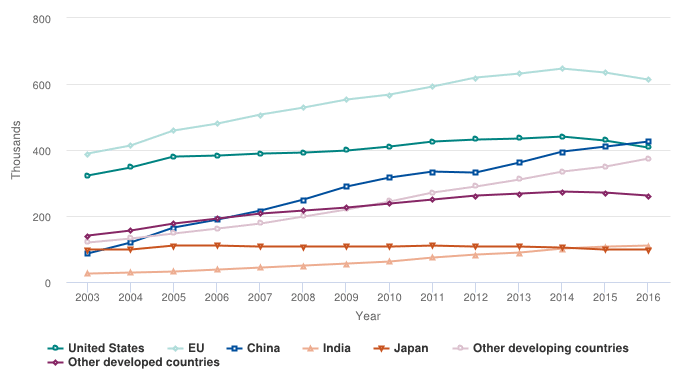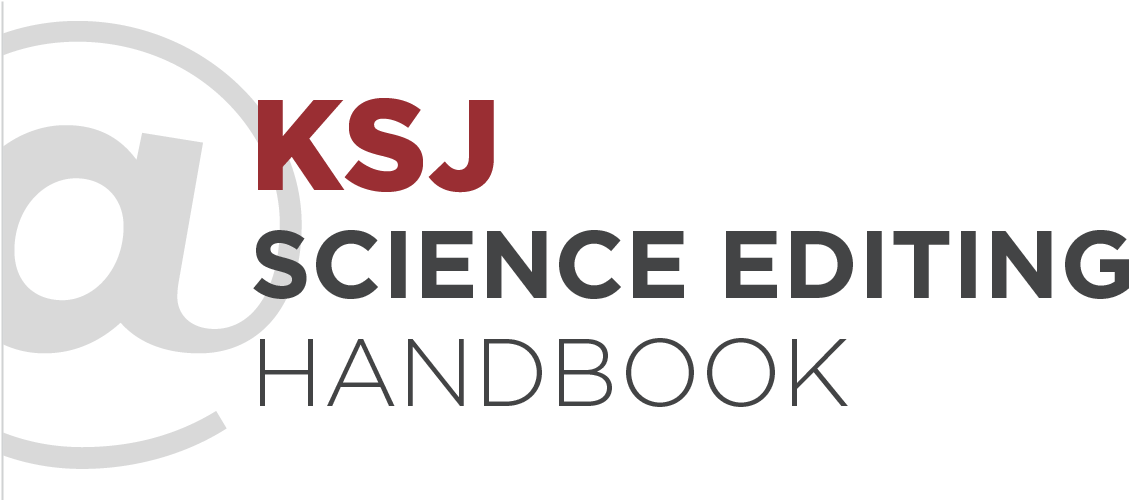The Ivory Tower
By Apoorva Mandavilli / 3 minute read
For any journalist who covers science, knowing how to read research papers is an essential skill. In a later section, we’ll highlight some tips for reading and decoding papers.
But first, a peek inside the labyrinthine world of academia and why “the paper” is so important to science.
Simply put, a research paper describes a set of experiments, their results, and an interpretation of the findings. But how, when, where and why scientists choose to publish papers is more complicated.
Academic institutions use strict and, in many ways, antiquated metrics to evaluate their faculty. They base decisions about tenure and promotion on such accomplishments as how many publications a scientist has and in which high-profile journals. University public-relations offices may also promote findings to raise their institutions’ profiles. Many track mentions of their scientists in the media.
Based on the idea that “you are what you measure,” this system intended to evaluate success has had several unintended consequences.
The emphasis on quantity of papers has contributed to what scientists derisively call a “minimum publishable unit,” or the least bit of new data that can be fashioned into a paper. The goal is sometimes noble, such as giving junior scientists a shot at the spotlight by being the first author on the paper. (The first authors on a paper are typically the ones who did the work and the writing; the last authors are generally the heads of the lab, the so-called principal investigators.)
The more first-author papers that graduate students or postdoctoral fellows have under their belts, the better their prospects of future employment. Other authors benefit as well, leading some papers to expand to ridiculous lengths, listing dozens of authors. Some teams have even been known to list a big-name scientist (who maybe answered one question from the team) simply to raise the paper’s profile and credibility.
In short, politics can determine who’s on a paper and why. There is usually a specific author for each paper designated as the one journalists should contact. But even so, it’s important to plainly ask such questions as: Who did the work? What does this research add to the existing body of knowledge about this topic? Why is this important?
If this author is a graduate student — which is often the case as grad students, early in their careers, try to build up their list of published papers — you might ask the student to do the interview along with the adviser. That’s because graduate students may not always have the experience to provide broad context or be familiar with the back story of a project.
The glut of papers being produced every year — more than 400,000 in the United States alone — also means that journals have an extensive backlog.
Science and Engineering Articles by Selected Region, Country, or Economy: 2003-16

Notes: Article counts refer to publications from a selection of journals, books, and conference proceedings in S&E from Scopus. Articles are classified by their year of publication and are assigned to a region, country, or economy on the basis of the institutional address(es) listed in the article. Articles are credited on a fractional-count basis. The sum of regions, countries, or economies may not add to the world total because of rounding. Some publications have incomplete address information for coauthored publications in the Scopus database. The unassigned category count is the sum of fractional counts for publications that cannot be assigned to a region, country, or economy.
Sources: National Science Foundation; National Center for Science and Engineering Statistics; SRI International; Science-Metrix; Elsevier, Scopus abstract and citation database, accessed July 2017. Information on the International Monetary Fund economic classification of countries was accessed December 2016.
Also, it’s not uncommon for a paper to take a long time, perhaps 18 months, from first submission to final publication. That has the unfortunate effect of slowing science down by keeping findings under wraps while a manuscript snakes its way slowly up the line.


